AFRICA | Emancipation Day 2024: Remembering the Journey from Slavery to Freedom
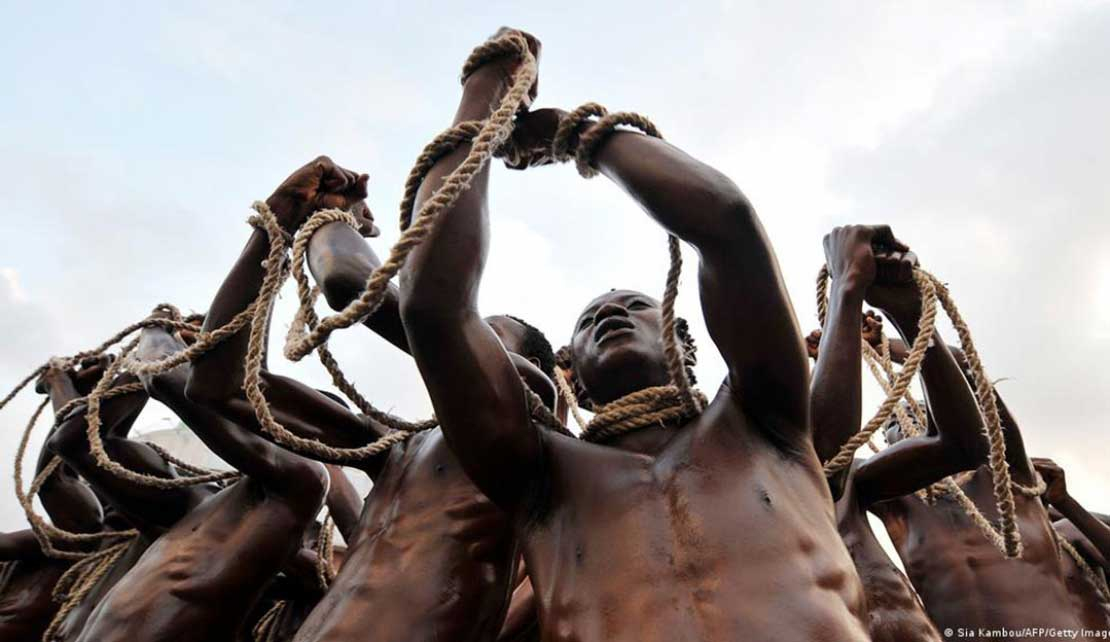
MONTEGO BAY, JULY 16, 2024 - On August 1, 2024, descendants of enslaved Africans across the Caribbean and former British colonies in Africa will commemorate Emancipation Day. This solemn celebration marks the liberation of their ancestors from the cruel bonds of slavery imposed by the British Crown, which, along with the Portuguese, and Spanish empires, plundered Africa's wealth and people for centuries.
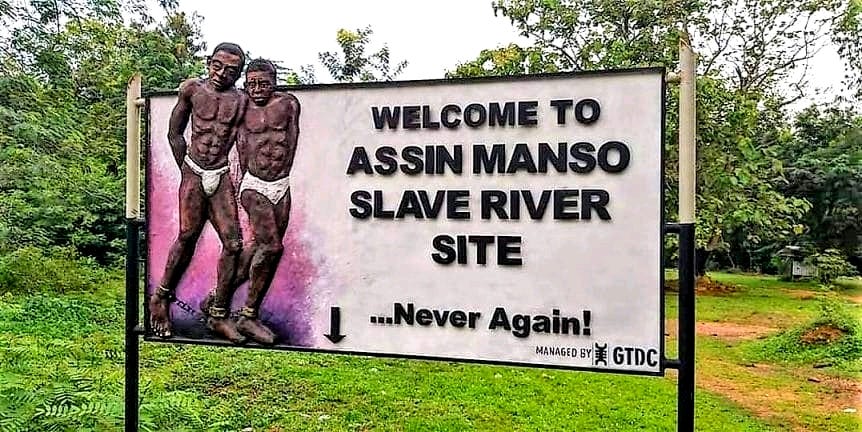
The Origins of Enslavement
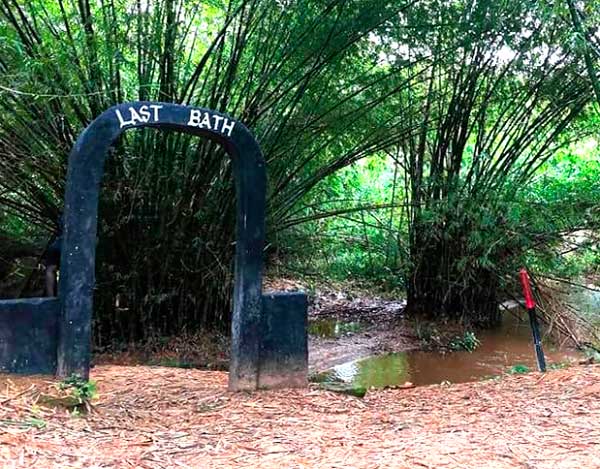
- Salaga: A major slave market in the Northern Region of Ghana
- Pikworo: Site of a slave camp in the Upper East Region
- Saakpili: Another important source of enslaved people in the north
From these areas, captives were forced to march southward, often in chains, through the Bono and Nkoranza areas before reaching Kumasi, the capital of the Ashanti Empire. This brutal journey, spanning approximately 300 miles, took a devastating toll. Many did not survive, with their bodies callously discarded into the Pra River along the way.
The Last Bath and Final Journey
Survivors were taken to the slave market at Assin Praso for sale and trade. From there, they were marched to Assin Manso for the infamous "Last Bath" at the Slave River, known locally as Donkor Nsuo. This seemingly cleansing act was, in reality, a deeply traumatic experience marking their last contact with their homeland's waters.
Following this "Last Bath," the enslaved faced the final leg of their journey - a march to coastal castles, primarily Elmina and Cape Coast. In these fortresses, they were held in dungeons under horrific conditions before being shipped across the Atlantic, never to see their homeland again.
The "Good Ship Jesus" and the Brutality of the Trade
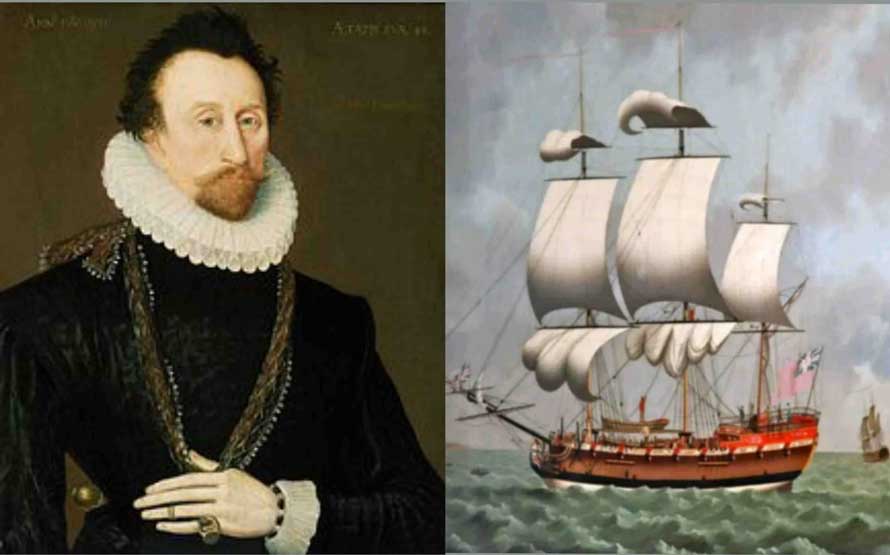
Resistance and the Path to Emancipation
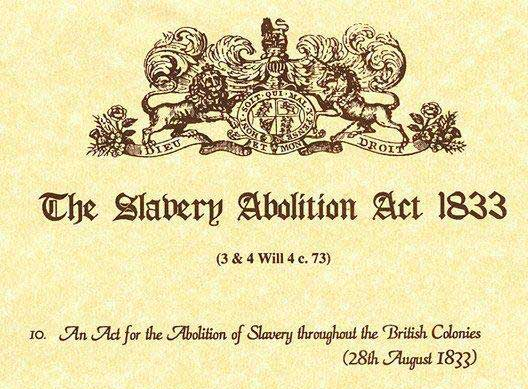
Though brutally suppressed, this uprising had far-reaching consequences, precipitating the historic vote in the British House of Commons in August 1833. This led to the Slave Emancipation Act, officially ending slavery in the British Empire, albeit with a gradual process of implementation.
Emancipation Day 2024: Remembrance and Reflection
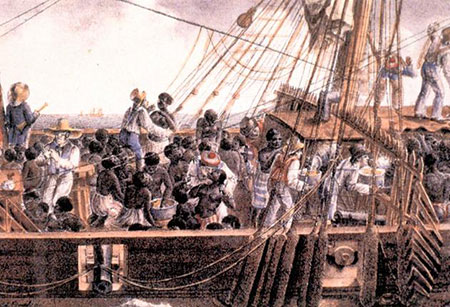
As visitors and Ghanaians gather at these historical sites, they're reminded of the saying, "Tete Wo Biribi Ka" - The past has something to say. The echoes of history call for continued vigilance against modern forms of slavery and a commitment to learning from the past to shape a more just future.
Ghana's Emancipation Day celebrations not only honor the resilience of those who suffered but also serve as a rallying cry for ongoing efforts to address contemporary challenges of inequality, poverty, and social justice. As the descendants of both the enslaved and the enslavers come together to commemorate this day, it stands as a powerful reminder of the human capacity for both cruelty and resilience, and the ongoing struggle for true equality and freedom.
-30-

 Ar
Ar  En
En